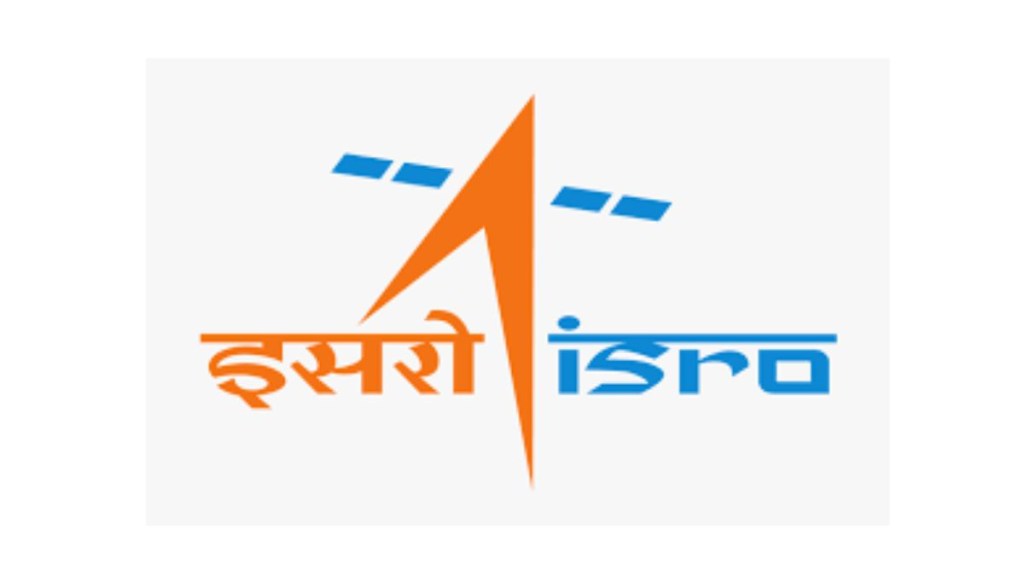The Indian Space Research Organisation (Isro) has bagged a lot of accolades with the success of its lunar mission. But the power behind Isro are the smaller-known, regional engineering colleges. The same is true for perhaps all the government-run science and research-based institutions.
Politician Shashi Tharoor was on the mark when he praised Kerala’s College of Engineering, Thiruvananthapuram (CET), for producing scientists who worked on the successful Chandrayaan-3 mission. Listing names of the scientists who graduated from CET, he said, “Indians are rightly obsessed with IITs, but let’s salute alumni of unsung engineering colleges. IITians went to Silicon Valley; CETians took us to the moon”.
Maybe it’s because of the humble salary, which the government is known for paying, or the slow movement up the rung, but the fact is that 90% of the scientists who work with Isro have graduated from Tier-2 and 3 engineering colleges. However, most of them have subsequently attained post-graduate degrees from the famed Indian Institute of Science (IISc).
The current chairman of Isro, S Somanath did his engineering from Thangal Kunju Musaliar College of Engineering, Kollam. Even the former chairman, K Sivan is an alumnus of Madras Institute of Technology, which falls under Anna University. However, both did their Master’s from IISc.
“Most of the Bachelor of Engineering and Bachelor of Technology students from IITs don’t even consider Isro as an employment opportunity. A few who go there have done their Master’s from IITs, not their Bachelor’s,” Arup Dasgupta, former deputy director, Isro told FE.
Narayan Prasad, co-founder of Satsearch, a global space marketplace, said that every year Isro hires about 350-500 employees. A dip stick survey will show that at any point of time around 90% of the employees hail from Tier-2 and 3 engineering colleges. “Graduates from elite colleges don’t go to Isro, as they prefer multinational companies because they offer much higher salaries,” he said.
Just to illustrate: A fresh IIT graduate would get a starting salary of around Rs 25 lakh per annum, but Isro offers government scales, where the starting package is Rs 12-15 lakh per annum.
According to analysts, since science-based research is not very developed in India, engineers and scientists don’t get the due recognition or reward if they choose to pursue this field. “Even if they join organisations like Isro, they move on after a couple of years to either join space-tech startups or private companies in the semiconductor, aerospace, or electronics, sphere,” Narayan added.
Santanu Dasgupta, former deputy director, control, guidance and simulation department, Vikram Sarabhai Space Centre, said that organisations like Isro attracted some talent from institutes like IITsduring the 1970s and 80s, but over the years their numbers kept declining.
Dasgupta joined Isro in 1970 and says around that time, his department of control and guidance comprised 80% of IITians. But by 2005, when he retired, maybe only 20% of IIT graduates where there.
He said Isro offers a programme for its employees to pursue Masters and PhD at IISc and IITs. So, if one finds a few employees with IIT degrees at the organisation, they are the ones who have visited these institutes at a much later stage of their career.
Divyanshu Poddar, cofounder, Rocketeers, who for a brief period worked with Isro, said a major part of Isro’s hiring happens through Isro Induction Training Program, for which engineering graduates are eligible. This may also be a reason for students of smaller known engineering colleges to join the orgnanisation in larger numbers.
Follow

